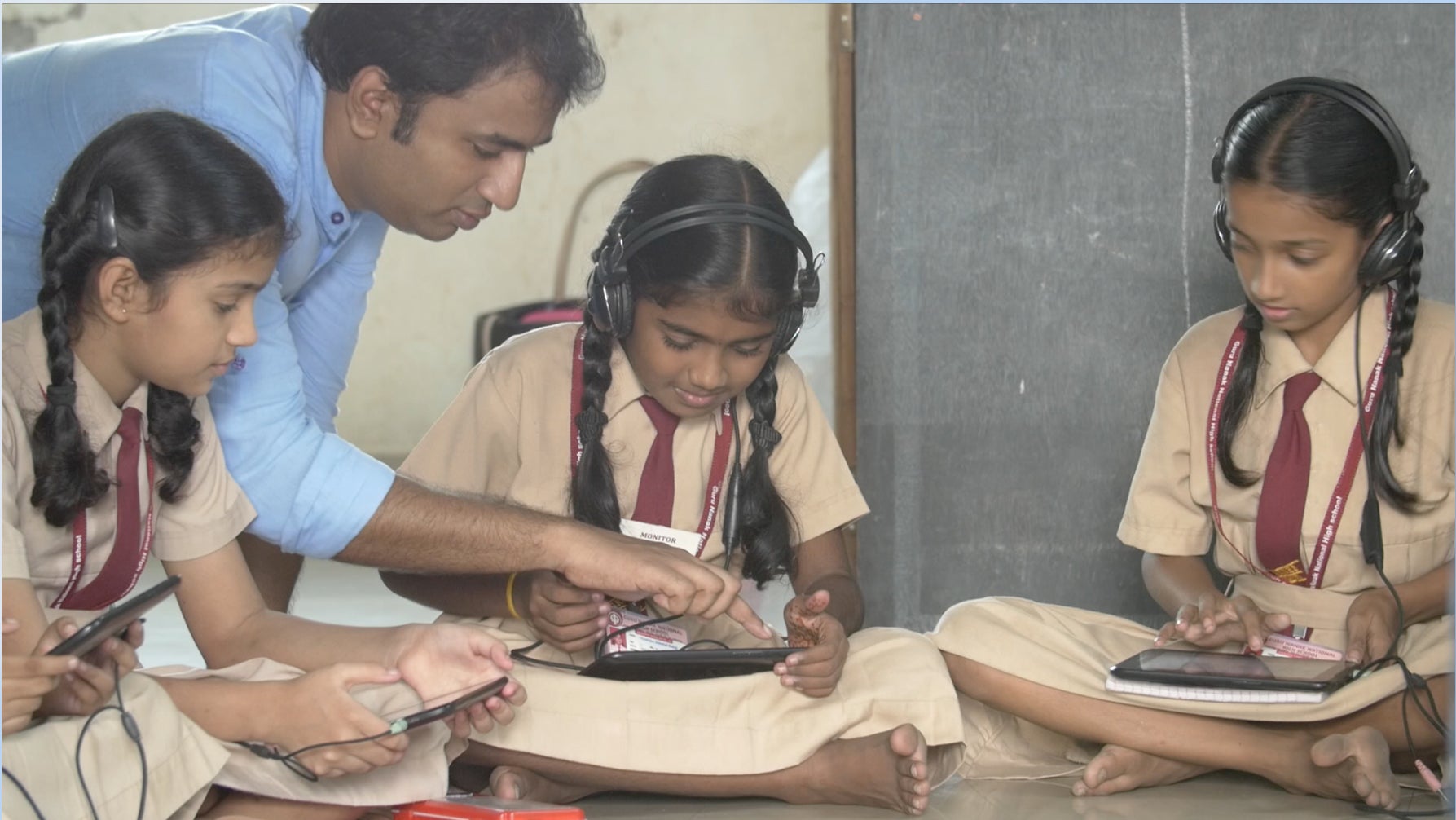Before we solve the world’s problems, we need to connect it to the internet
Advancements in technology are rapidly transforming how we work, communicate, access information, and educate our children. Artificial intelligence, the internet of things, and blockchain can be powerful tools for solving the world’s most difficult challenges.


Advancements in technology are rapidly transforming how we work, communicate, access information, and educate our children. Artificial intelligence, the internet of things, and blockchain can be powerful tools for solving the world’s most difficult challenges.
However, 3.9 billion people won’t be able to take advantage of these technologies’ full potential unless we first solve a more basic, critical problem: access to the internet. This is a challenge more commonly associated with developing countries, but it also impacts 19.4 million people in rural America. In these areas, students struggle to complete homework, farmers are unable to reach markets, small businesses can’t reach their customers, and parents aren’t able to access healthcare technologies like telemedicine for their families.
Without access to broadband, entire communities will be left behind in the progress big tech companies are making. The good news is that with the focus of the public and private sectors, we can close the digital divide using a mix of existing technologies—and at a cost far below current estimates.
Disconnected
Broadband has become an essential part of 21st-century infrastructure. New cloud services are making it a necessity to starting and growing small businesses, as well as advancing industries as varied as education, health care, agriculture, small-business development, and humanitarian response. Without access to the internet, unconnected communities are at a disadvantage, and the digital divide will continue to grow wider.
For instance, internet access is vital to modern education. At the Gakawa Secondary School in Kenya, students struggled to complete assignments and they were not connected to the internet. After the school received internet access through Mawingu Networks, a local internet-service provider, their scores on the Kenya national exam improved in every single subject. Internet access enables these students to not only catch up to their peers in well-connected big cities—it also gives them the chance to compete for the same high-caliber job opportunities in the future.
This situation is not unique to rural African students. According to the FCC, approximately 70% of teachers in the US assign homework and research requiring broadband access, but 5 million students still lack broadband access at home, placing them at a severe disadvantage. This digital divide disproportionately impacts rural Americans. For example, in places like Halifax County, Virginia, approximately 50% of the students lack broadband internet access at home. In addition, 43% of people living in rural Michigan and 34% in rural Wisconsin still lack adequate broadband access.
Not just for surfing
Internet access is also transforming industries in unexpected ways. If we want to make global impact in areas such as food production and disaster relief, we’re going to need to connect as many people as possible.
Data-enabled farming has the potential to change the way we feed the planet and assist small-scale farmers in enhancing their livelihoods. For example, we are testing how IoT devices, such as soil sensors, paired with cloud-based machine learning, can help farmers improve crop management and produce more abundant harvests while reducing their use of water, fertilizer, and pesticides. Internet connectivity is the invisible road that allows soil sensors to send data to the cloud, which in turn sends analysis back down to the farmer’s smart phone or computer.
Advances like this are critical, with studies showing that food production needs to increase to keep up with rapid population growth. These technologies also have the potential to help the world’s 500 million small-scale farmers modernize their operations and protect their livelihoods by staying competitive with large-scale industrial farms. However, without access to the internet, small farms in the areas that need these technologies most will lose out to more competitive markets.
Another example is how connectivity makes a difference in times of disaster. During the most recent hurricanes that devastated Puerto Rico and the US Virgin Islands, internet access helped people communicate with loved ones and stay informed so they could recover. Imagine the relief of finally being able to call your loved ones, or being able to get information about where to find food and medical supplies. Communities often can’t wait until fiber networks are fixed because it takes too long to repair cable lines. Instead, we need to look at alternative means of quickly reinstating connectivity.
All three of these locations—rural towns in the US, remote farms in Africa, and the hurricane-ravaged Caribbean islands—are difficult and expensive to connect by traditional methods such as fiber because of their rugged and isolated geography. However, technologies such as TV “white spaces”—the vacant spectrum between TV channels—are well suited to connect these areas, given its long range and ability to navigate challenging geography.
But technology is just one element of the solution. To truly close the digital divide, we will also need to address market forces and regulatory challenges. Internet access needs to be made affordable for local markets, and local markets need to be friendly to tech innovation. We’re currently lacking a holistic view of the complete solution.
To solve the digital divide, we need to combine private-sector capital investments focused on expanding broadband coverage with targeted and affordable public-sector support. As a company, our goal is to directly deliver broadband access to 2 million Americans in rural communities and be a catalyst for others to engage on closing the rural broadband gap.
We aren’t able to do this alone; no one company or organization can change the world. But we can lead the charge. Universally accessible internet access is a global imperative because along with it comes a better quality of life for all.
It’s clear that before we can change the world for the better, we must first connect it.